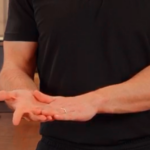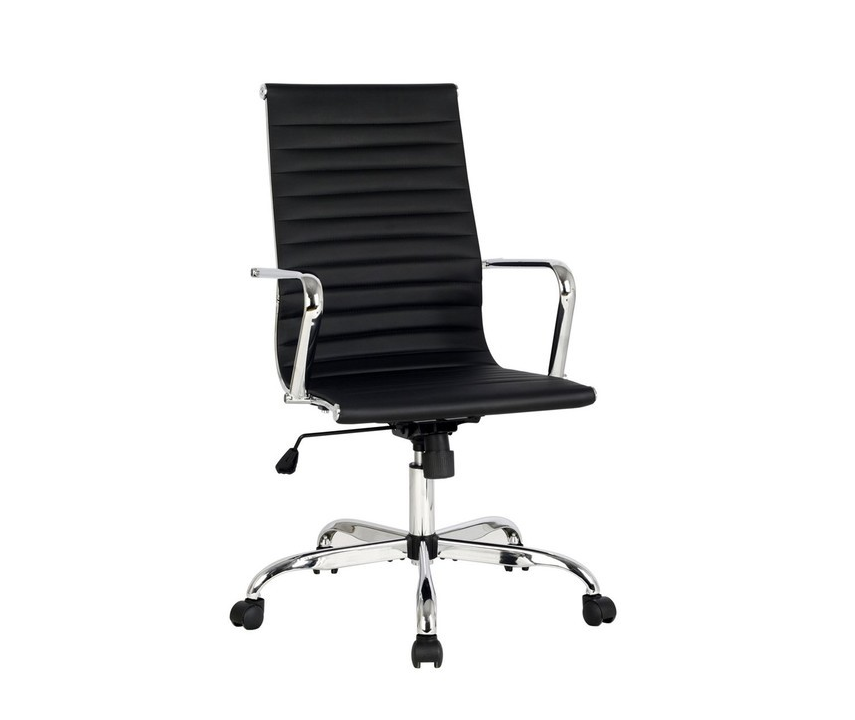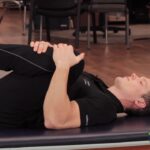Hammer Exercise | Early Intervention Ergonomics
What is the Hammer Exercise?
The wrist pronation and supination exercise with a hammer is a beneficial exercise that targets the muscles in your forearms. It involves using a hammer as a weight to perform controlled movements that rotate your wrist.
Here’s a step-by-step guide to performing the wrist pronation and supination exercise with a hammer:
- Begin by sitting on a chair or standing upright with your arm extended in front of you, holding a hammer with an overhand grip. Your palm should be facing downward.
- Keep your forearm stable and slowly rotate your wrist to the left, allowing the hammerhead to point towards the floor. This movement is called pronation.
- Hold the pronated position for a moment, feeling the stretch in your forearm muscles.
- Return to the starting position and then rotate your wrist to the right, this time moving the hammerhead upwards. This movement is called supination.
- Hold the supinated position for a brief moment, focusing on the contraction in your forearm muscles.
- Repeat the pronation and supination movements for 10-30 repetitions on each side.
This exercise will help strengthen your forearm, wrist and hand for those work-related activities that involve forceful gripping or repetitive gripping of the forearm, wrist, or hand.
Early Intervention Benefits
The hammer exercise offers a wide range of early intervention benefits, including increased forearm and wrist strength, improved grip strength, enhanced wrist mobility, reduced risk of injuries, and better overall functionality in daily tasks. By regularly incorporating this exercise into your morning routine, you can promote injury prevention, reduce the likelihood of strains and sprains, and support optimal performance in workplace activities that involve forearm and wrist movements. This exercise contributes to well-rounded arm development while simultaneously providing the advantages of injury prevention and reduced risk of injuries.
Things to Remember
When performing this exercise, it’s essential to maintain control and avoid jerking or swinging the hammer. The motion should be smooth and deliberate, targeting the muscles in your forearm effectively.
Remember to start by gripping the hammer in the middle which allows you to maintain proper form with a safe amount of resistance. Then gradually increase the resistance by gripping further away from the center of the hammer as you become more comfortable and stronger. If you experience any pain or discomfort during the exercise, stop immediately and consult with a healthcare professional.
These exercises are to improve overall health & fitness as well as reduce work-related injuries.
If you have an injury or illness, consult with a health care professional before attempting.
Contact us for more information on how we can help your employees stay safe.
More Tools & Resources from Peak Ergonomics
Contact Us About Reducing Workplace Injuries
Healthy Employees are the Bottom Line! – Learn More!


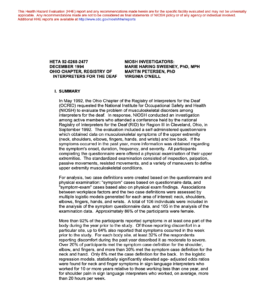
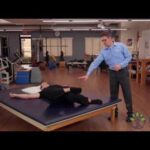
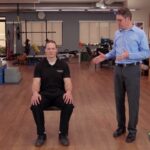


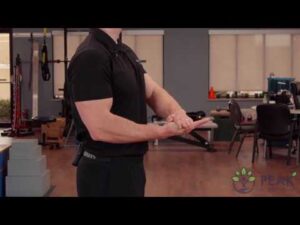
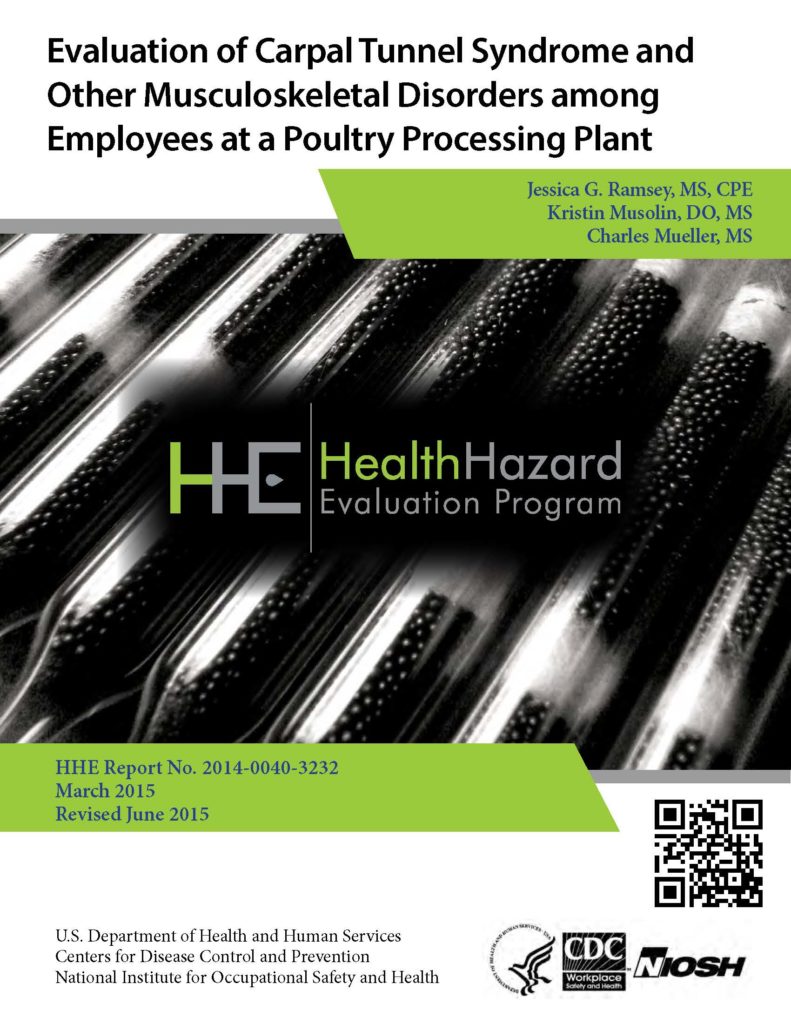
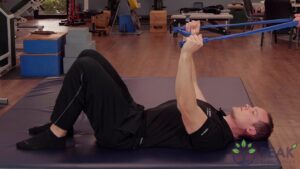
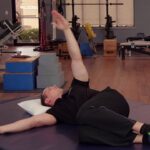
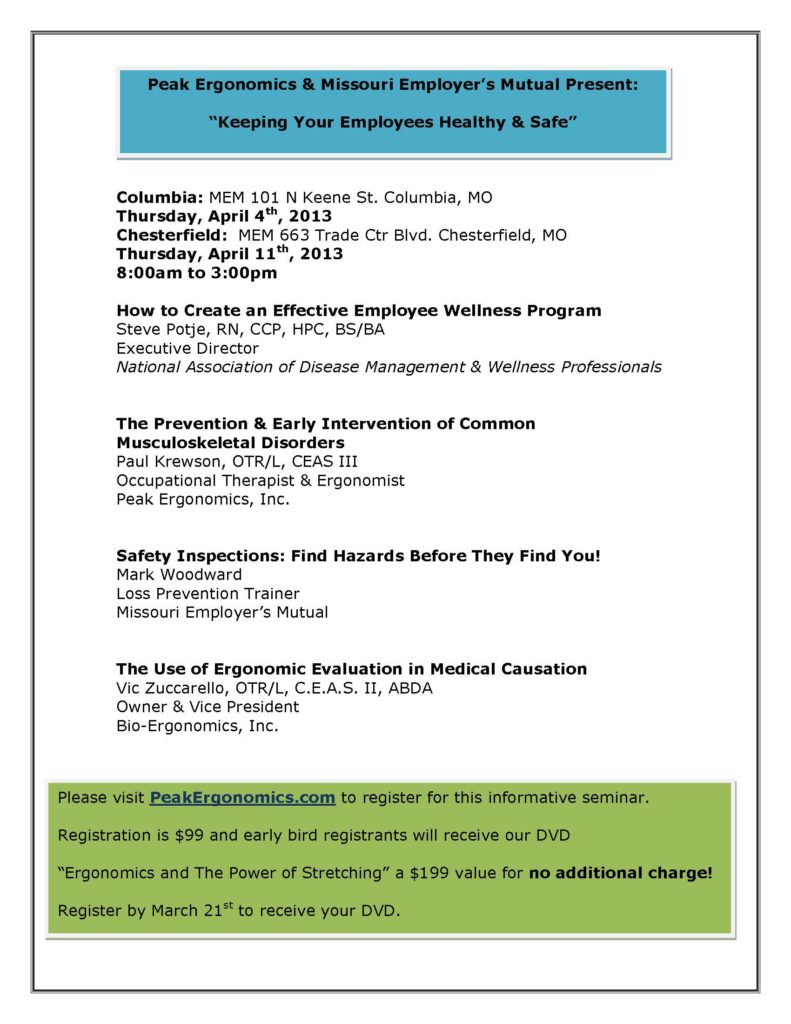 Columbia: MEM 101 N Keene St. Columbia, MO Thursday, April 4th, 2013
Columbia: MEM 101 N Keene St. Columbia, MO Thursday, April 4th, 2013
